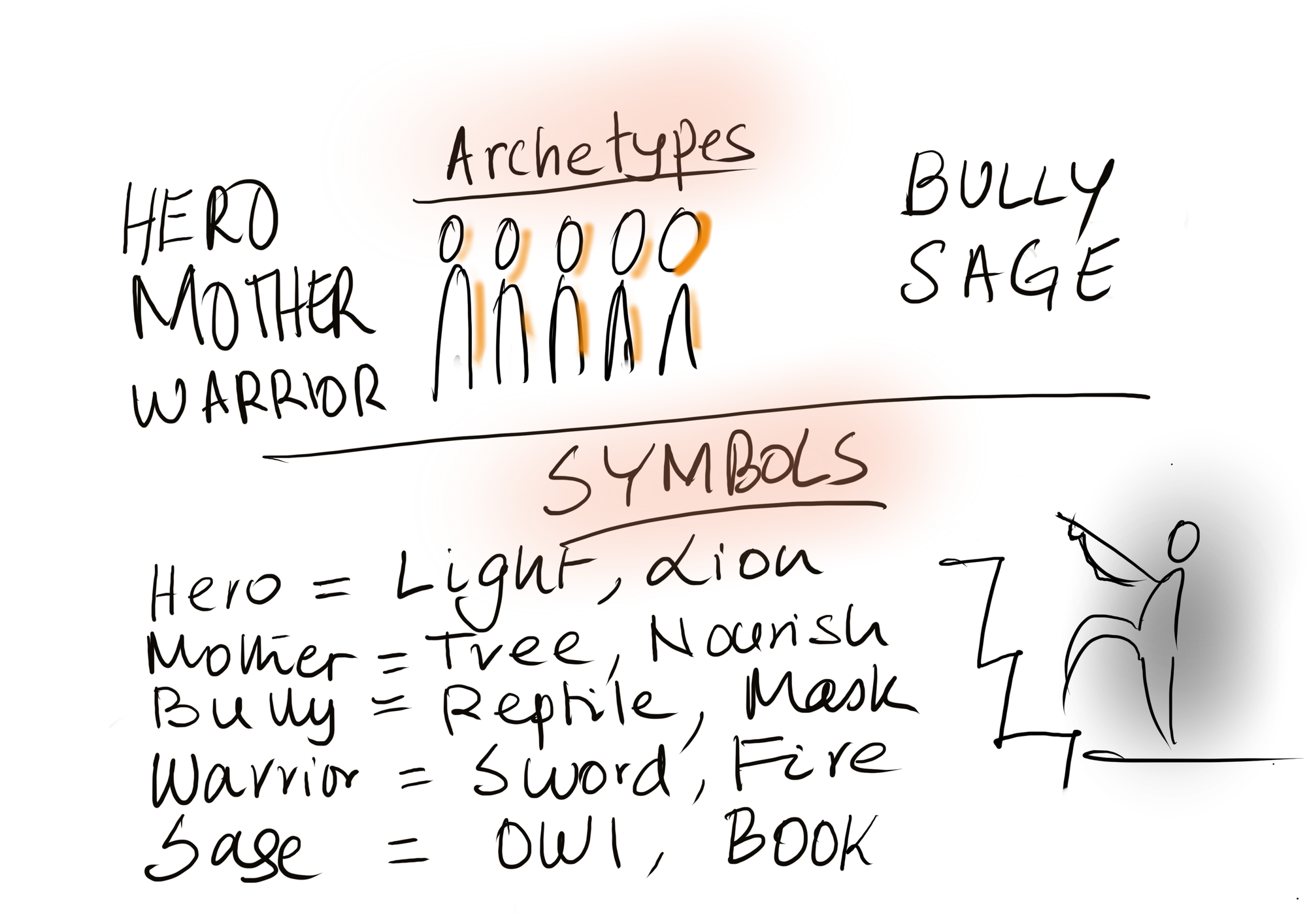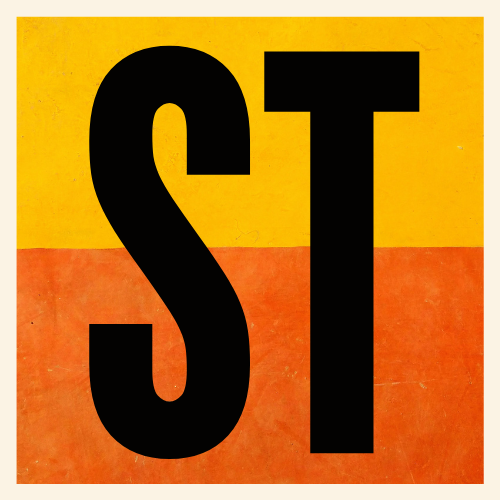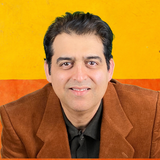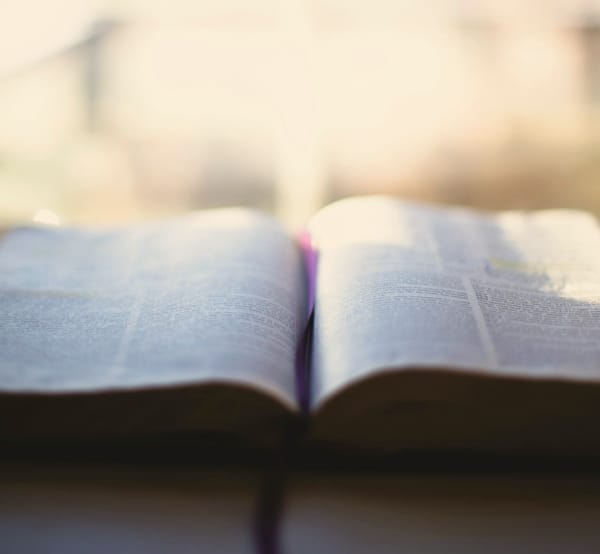Carl Jung, Archetypes, and the Secret Language of Symbols in Manifestation
Explore Jung’s ideas on symbols, archetypes, and synchronicity, and how they can transform your manifestation practice into something deeper and lasting.

In my journey to create an advanced manifestation program, a synthesis of ancient wisdom, modern science, and practical strategies, I've been delving into the works of some of the most fascinating thinkers I could find.
One of them is Carl Jung, the Swiss psychiatrist whose work continues to shape our understanding of the mind, the soul, and the hidden forces that guide our choices.
Manifestation, at its core, is essentially another way of saying goal-setting and goal-getting, but from a more spiritual perspective. Instead of just asking, "What do I want?" you also ask, "Who am I becoming?"
This question naturally leads into deeper territory, where words like archetypes, symbols, and synchronicity start to appear. Jung's work can feel dense at times, but it offers a framework that helps make sense of why our inner world can feel so alive with images and patterns.
One of Jung's most important contributions was the idea of archetypes.
Archetypes are universal psychic patterns, like blueprints shared by all humans. For example, the Mother, the Hero, the Shadow, and the Wise Old Man are archetypes formed by our collective consciousness. No single culture invents these; we all understand them. They appear naturally in dreams, myths, and shared stories. They are potentials within us, waiting to be activated in various ways.
Jung also taught that symbols are not the same as signs.
A sign is a simple pointer with a single, agreed-upon meaning, such as a traffic light or a restroom icon.
A symbol is alive. It carries layers of meaning, some of which you can never fully exhaust. A snake in a dream is not only a reptile. It is a carrier of transformation, fear, healing, or hidden desire. A symbol speaks to the part of us that knows more than our conscious mind can articulate.

Related to this is the idea of the Shadow. The parts of yourself you prefer not to see or admit.
If you strongly identify with being kind, your Shadow might hold your anger or competitiveness. If you perceive yourself as rational, your Shadow may be filled with superstition. Jung believed that becoming whole requires meeting these parts with curiosity rather than shame.
Sometimes, when something meaningful happens without a clear cause, Jung referred to it as synchronicity. This is the experience of a meaningful coincidence, a moment when the outer world seems to echo something stirring in your inner world. It could be a dream that comes true, a chance encounter that feels too perfect to be random, or a recurring image that keeps showing up.
He also wrote about kairos, a Greek term meaning "sacred time."
Unlike chronos, which is ordinary clock time, kairos is the moment when something important breaks through, when life itself seems to pause so you can notice what really matters. These are the moments that feel like thresholds, when an invisible door opens.
In my exploration of chakras and the body's energy centers, I've begun to see how these concepts intersect.
The body itself can be a living symbol. Each energy center holds not just physical sensations but emotional and spiritual patterns that are universal. When you combine this understanding with Jung's ideas, manifestation becomes more than just a technique; it becomes a practice of integrating the hidden parts of yourself into conscious life.
So what does all this mean for you?
It means that your dreams, your repeating images, the stories that tug at your imagination, none of these are trivial. They are invitations to a deeper conversation with yourself. Whether you call it your psyche, your soul, or your higher self, something within you is always reaching for wholeness.
Pay attention to your symbols.
If you're curious how to use this in a practical way, start by noticing what symbols keep appearing in your life. Pay attention to the images or themes that won't let you go. When you feel a charge, excitement, fear, or fascination, that's a clue that you've stumbled onto something alive.
Keep a journal of these impressions. Reflect on what parts of yourself you may have ignored or denied. This is where real transformation begins.
Explore more and stay inspired.
I'm exploring how Jung's philosophy meets manifestation, and I'll share new insights as they emerge. If you'd like to discover how ancient wisdom and modern psychology can shape a more purposeful life, join my newsletter. You'll get practical tools, updates on my advanced manifestation program, and access to other courses designed to help you turn hidden patterns into lasting transformation.





